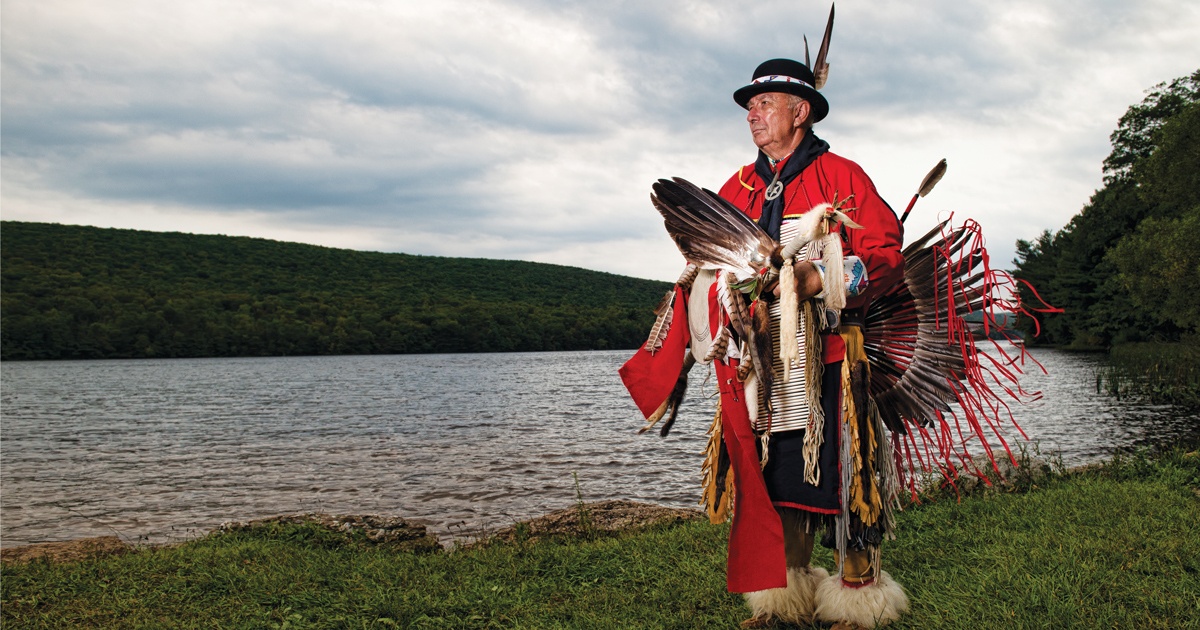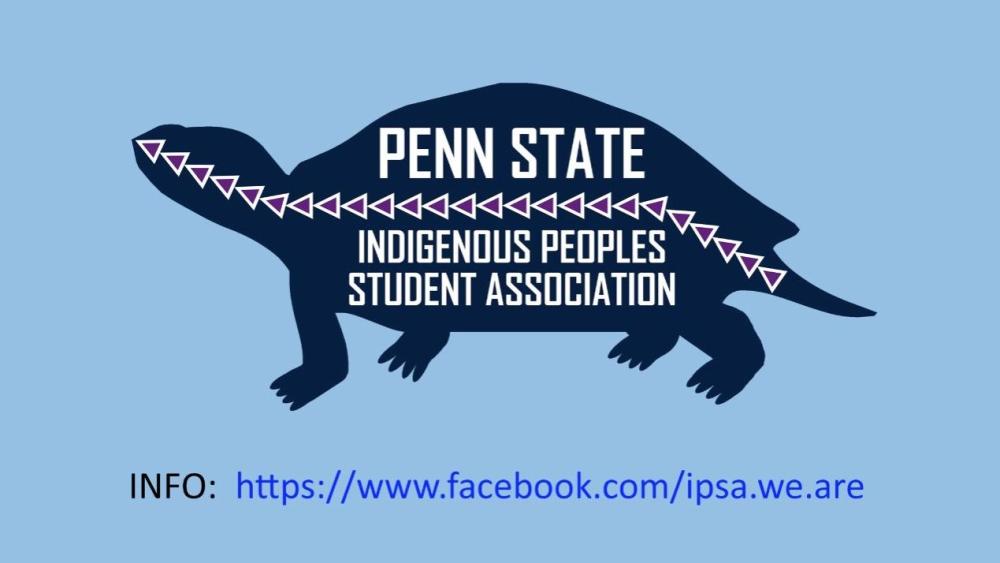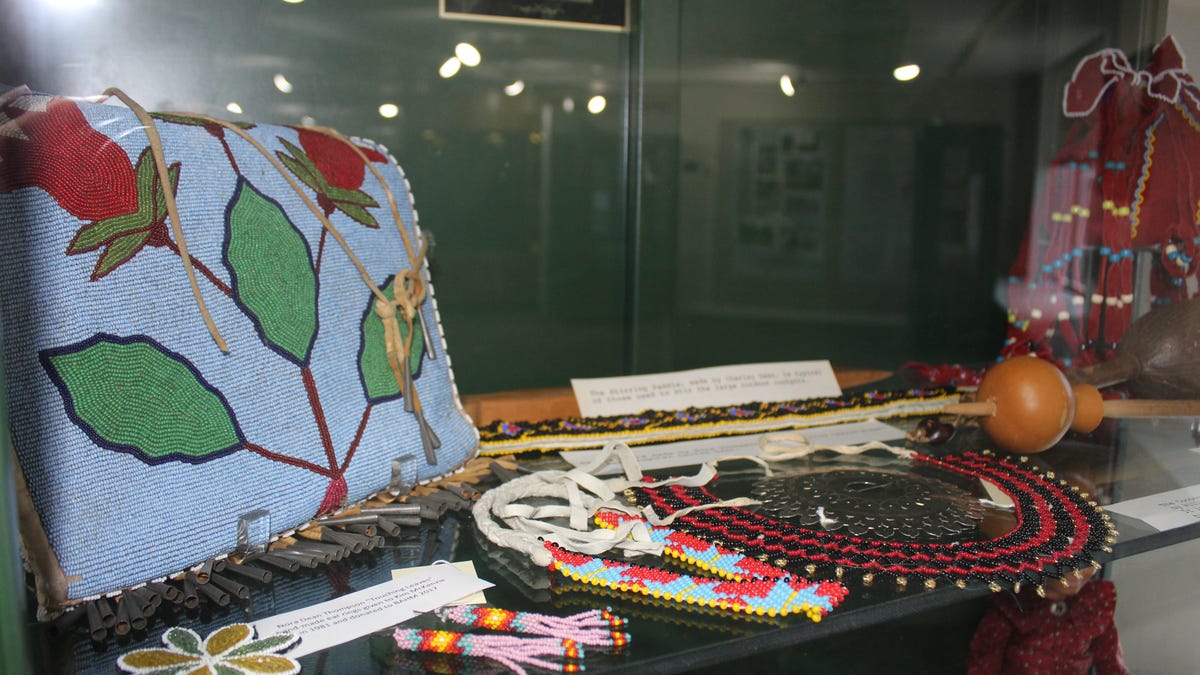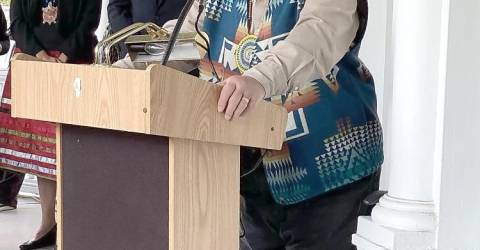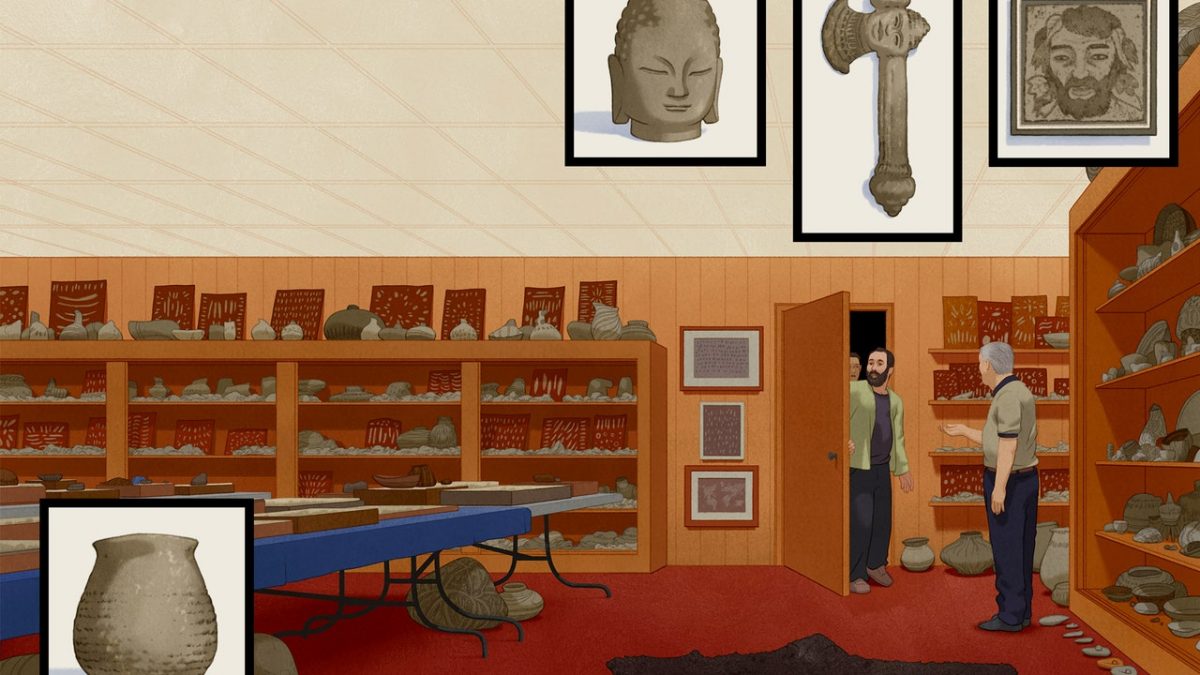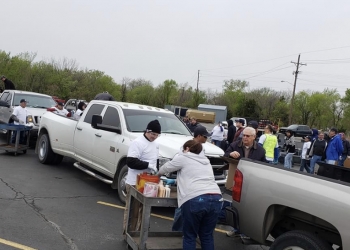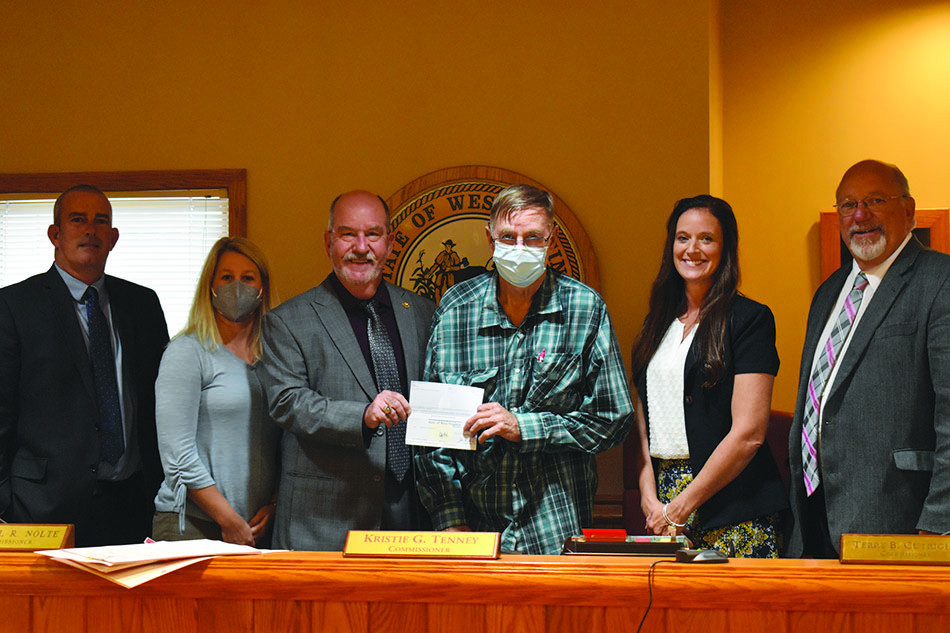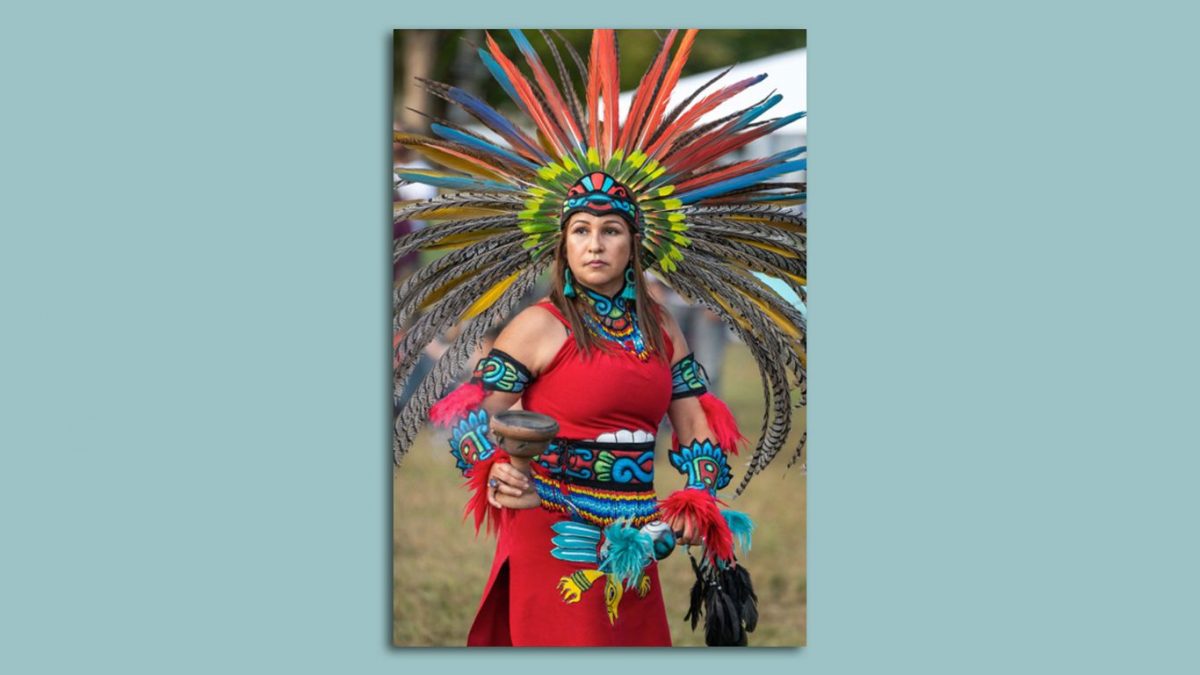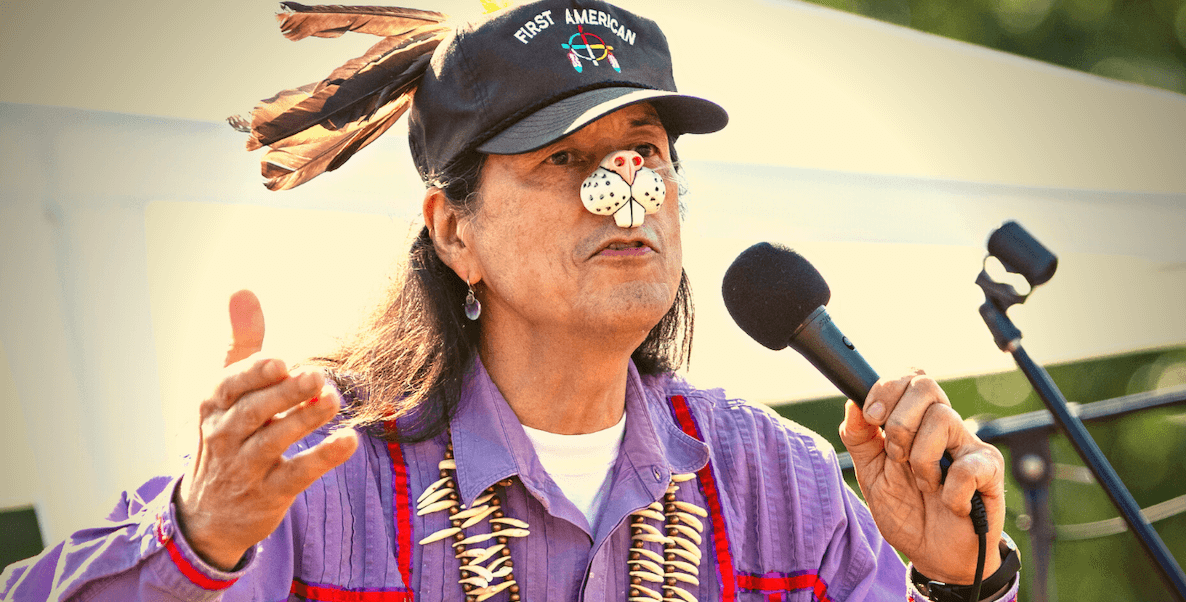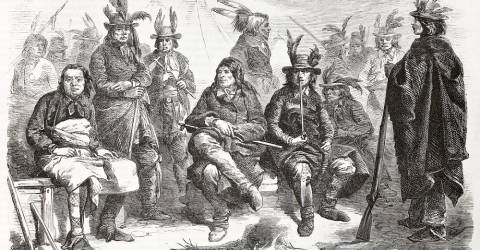The Lenape Nation of Pennsylvania is fighting for governmental recognition — despite pushback from other Lenape tribes — raising big questions about who gets to call themselves Native and how the state views its history.
Get a compelling long read and must-have lifestyle tips in your inbox every Sunday morning — great with coffee!

Lenape tribal member Rick Quiet Hawk Welker, photographed at a powwow at Mauch Chunk Lake. Photograph by Kevin York
It’s a muggy mid-September Sunday, and kayakers and vacationing families are taking in the calm waters of Mauch Chunk Lake, a small reservoir in the southern Poconos. While beachgoers lounge on the sand and watch eagles cruise above the trees, another group is gathered a few hundred yards up the shore for an even more traditional lakeside activity: a Native American powwow. The reverberation of drumbeats, along with the smell of burning sage and barbecue, hangs in the humid air, floating across the parking lot between the powwow and the beach.
Many of the people dancing, chatting and celebrating at the powwow claim ancestral connections to the Lenape (leh-NAH-pay), the Indigenous people of the Delaware Valley. Some are dressed in full regalia, wearing head-to-toe beads and painted feathers, attracting stares from those who came to Mauch Chunk Lake for swimming or a hike. They gawk, open-mouthed. Some take pictures. It’s as if the last thing they expected to see on their weekend trip to the Poconos was the people who lived here first.
It’s a common belief that there are no longer any Lenape (sometimes called Delaware Indians, the name given to them by European colonists) in Pennsylvania. It is widely presumed that every single Lenape person was forcibly relocated to…
